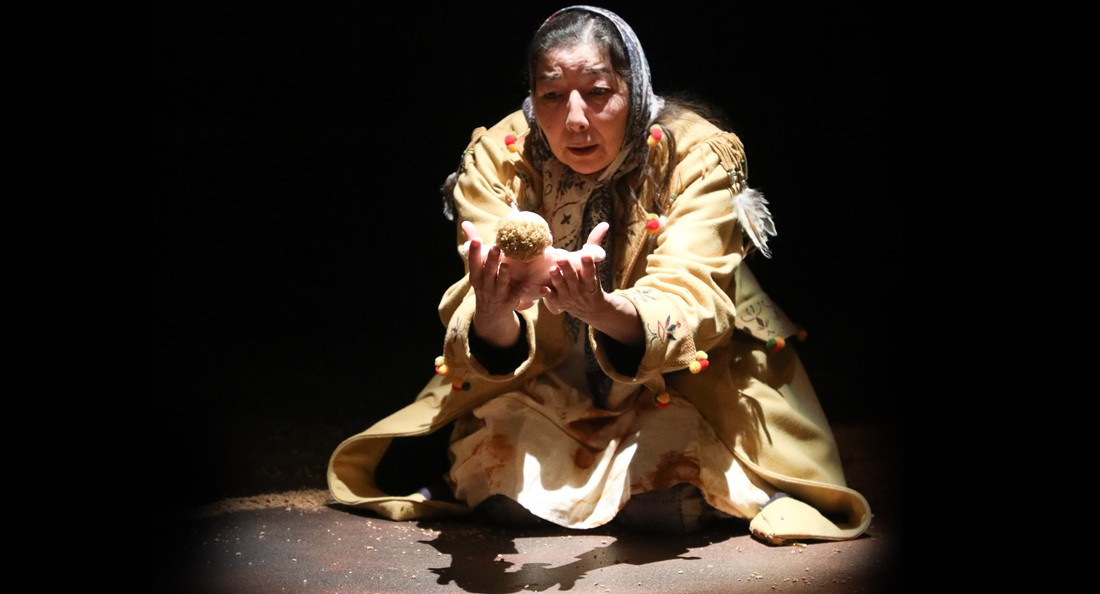CRITIPEG: Acknowledging the past and moving forward
Ian Ross beautifully treads the line between pessimism and optimism, ★★★★1/2
The Third Colour
Directed by Thomas Morgan Jones
Presented by Prairie Theatre Exchange
The Third Colour, which had its world premiere at the Prairie Theatre Exchange (PTE) on Oct. 2, addresses the history of Indigenous people, looking at the divide between pessimism and optimism in the struggle for justice and reconciliation.
Indigenous perspectives in North American conversations regarding race are often overshadowed by the polarization between Black and white communities, but Manitoba playwright Ian Ross seeks to change this narrative.
The play is a dialogue between Kathleen MacLean’s character Head Full of Lice and Tracey Nepinak’s character Agatu. They move freely through space and time in Canadian history, addressing colonization, industrialization, war and current perceptions of Indigenous people.
Though described by PTE as a “funny and honest Indigenous perspective,” the play’s sarcasm hits hard and demands that the audience questions their own racial privileges, views of Indigenous people and beliefs in certain Canadian history stories.
From the show’s onset, Head Full of Lice and Agatu are mired in existential crises. They do not immediately recognize themselves or their surroundings and are constantly questioning their motives and beliefs. The characters are fluid, initially defying racial and cultural constructs of age and gender before they recognize that they appear to be women.
This play excels at developing strong characters whose ideologies evolve and change.
Head Full of Lice is the pessimist. Confident and fully connected to culture, Head Full of Lice relates to Indigenous heritage and the suffering they have endured throughout history. Being inspired by these tragedies and familial motivation, Head Full of Lice supports equality in racial treatment. A hush goes over the audience as Head Full of Lice illustrates this belief by nearly burning the Canadian flag, which symbolizes a desire to destroy Canadian society and its current beliefs.
Agatu is the optimist, relating to culture like Head Full of Lice but reamins more reconciliatory and peace-minded. Agatu tells Indigenous stories to Head Full of Lice throughout the play to prove that reconciliation is the way to go, rather than seeking equality through revenge.
The evolution of their ideologies is most evident near the play’s ending. When Agatu tells Head Full of Lice heartbreaking news of her past that shakes her to her core, both characters acknowledge and understand each other’s perspectives.
This breakthrough helps the audience to understand a dilemma they may have been wrestling with throughout the entire play: which character is right? Is it the pessimist, who wants revenge for the years of tragedy that colonization, residential schools and racial divides have caused her people? Or is it the optimist, who takes the high road and wants to move on from her people’s tragic past?
Maybe, it is a bit of both.
Published in Volume 74, Number 7 of The Uniter (October 24, 2019)








